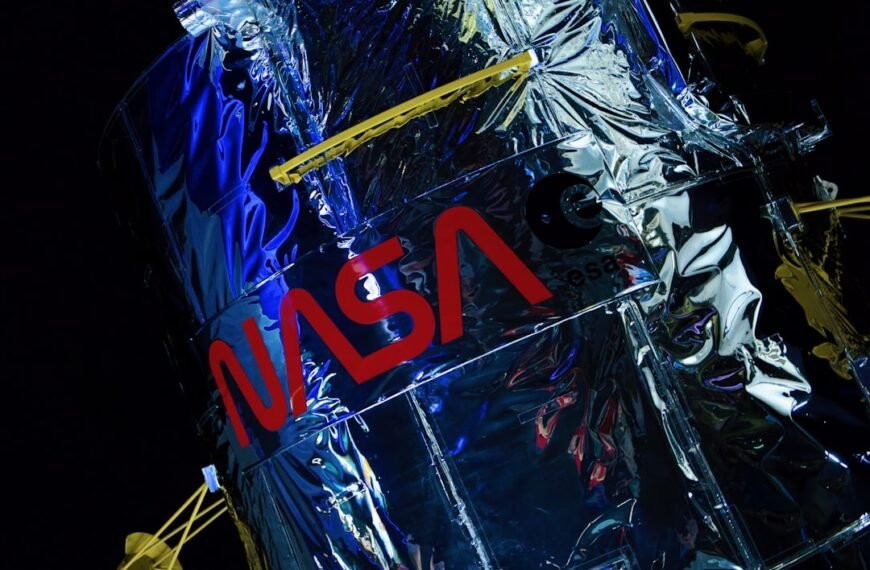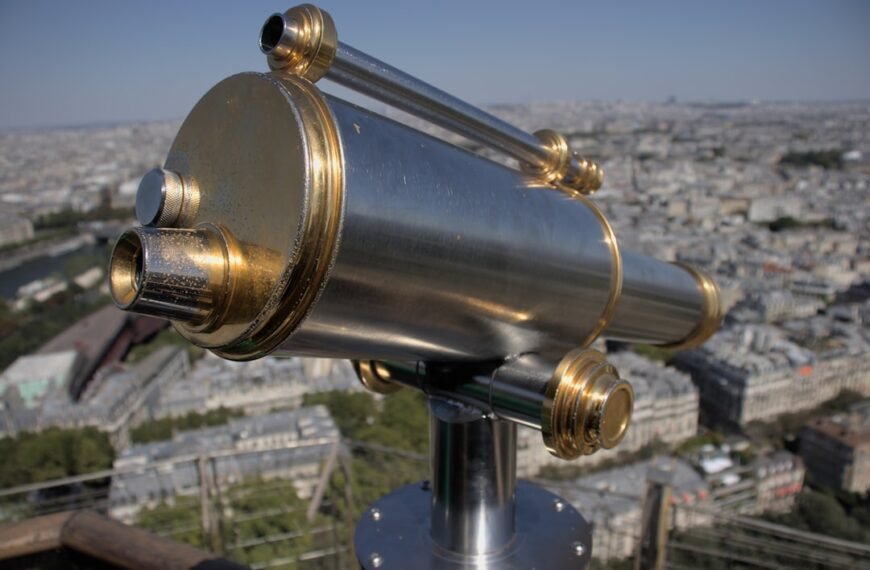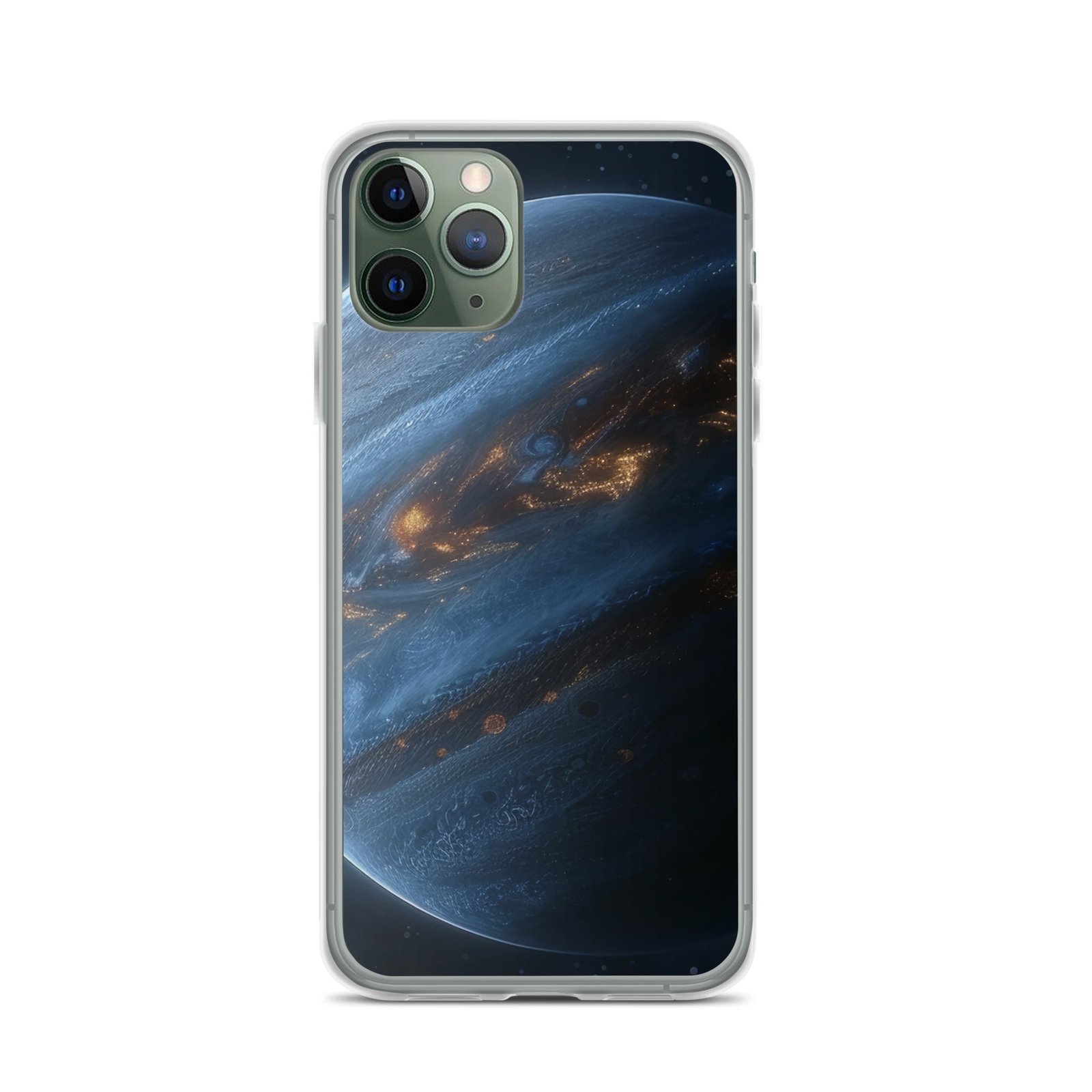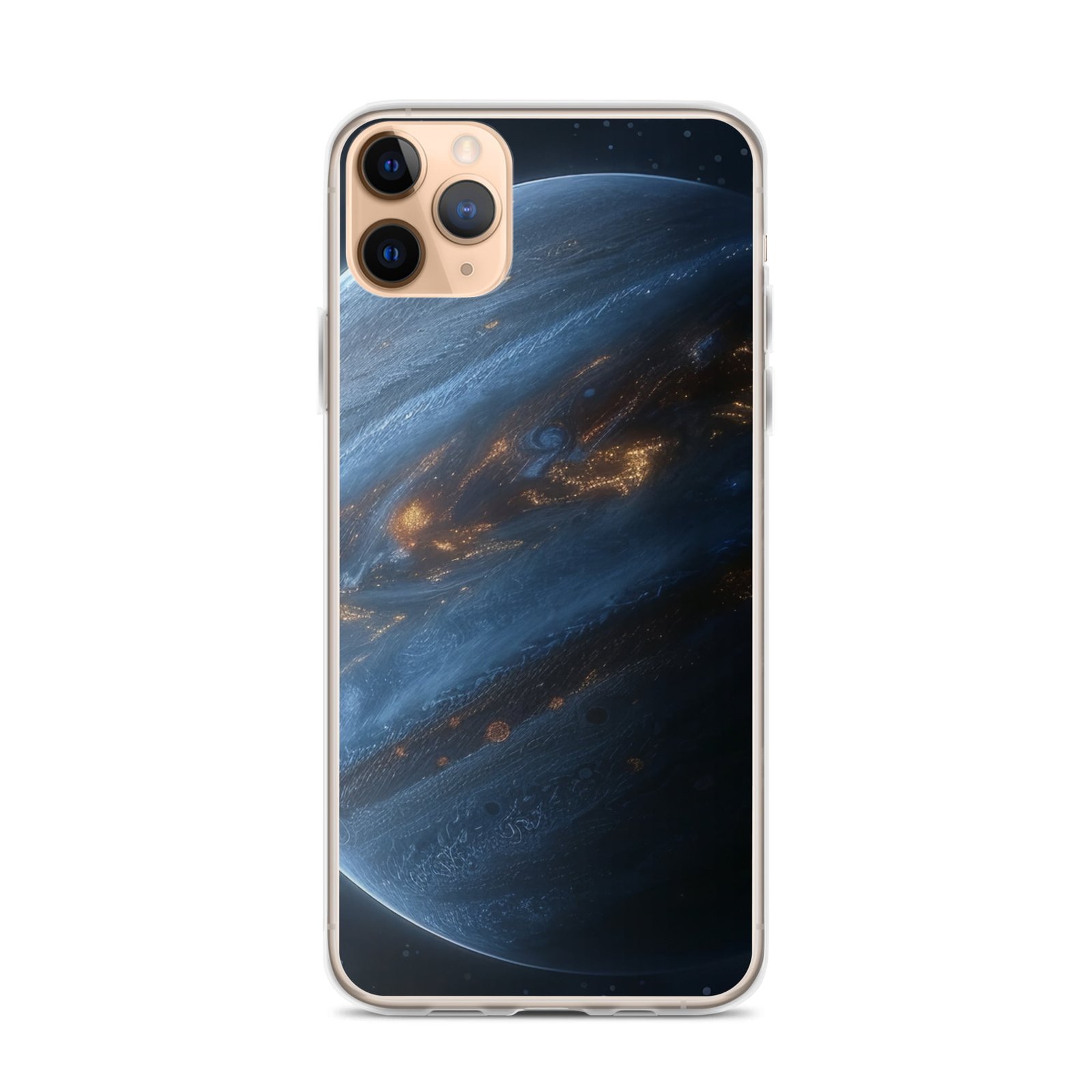Communication in space is a crucial aspect of any space mission. Whether it’s between astronauts on a spacewalk, with mission control on Earth, or with other spacecraft, effective communication is essential for the success and safety of any mission. Talking in space presents unique challenges due to the microgravity environment, the distance from Earth, and the limitations of technology. In this article, we will explore the challenges of talking in space, the methods of communication used in space, the impact of microgravity on speech, the importance of clear communication in space, training for effective communication in space, and future advancements in space communication technology.
Key Takeaways
- Talking in space presents unique challenges due to the absence of atmosphere and the effects of microgravity.
- Communication methods in space include radio, video, and text-based communication, as well as the use of specialized equipment such as headsets and microphones.
- Microgravity can impact speech by causing changes in vocal cord function and airway shape, leading to potential difficulties in articulation and clarity.
- Clear communication in space is crucial for the success and safety of missions, as misunderstandings can have serious consequences.
- Training for effective communication in space involves simulating space conditions and practicing clear and concise communication techniques.
- Future advancements in space communication technology may include improved voice recognition software, real-time language translation, and enhanced audio and video transmission capabilities.
The challenges of talking in space
Talking in space presents several challenges that are not present on Earth. One of the main challenges is the distance between spacecraft and mission control. The time delay for radio signals to travel between Earth and spacecraft can range from a few seconds to several minutes, depending on the distance. This delay can make real-time conversations difficult and can lead to misunderstandings if not managed properly. Additionally, the microgravity environment in space can affect the way sound travels, making it harder for astronauts to hear and understand each other. The lack of gravity also affects the way astronauts produce speech, as their vocal cords and articulatory muscles are not under the same gravitational forces as on Earth. These challenges require astronauts to adapt their communication methods and techniques to ensure clear and effective communication in space.
Communication methods in space
To overcome the challenges of talking in space, astronauts use a variety of communication methods. The primary method of communication is through radio waves, which are used to transmit voice, data, and video between spacecraft and mission control. Astronauts also use headsets with built-in microphones and earphones to communicate with each other and with mission control. In addition to verbal communication, astronauts also use hand signals and body language to convey messages in the microgravity environment. Written communication is also important, as astronauts often use tablets and laptops to send and receive messages and instructions. These communication methods are essential for coordinating tasks, troubleshooting issues, and maintaining the safety and success of space missions.
The impact of microgravity on speech
The microgravity environment in space has a significant impact on speech production and perception. Without the force of gravity pulling the vocal cords downward, astronauts’ voices can sound higher in pitch than they do on Earth. This change in pitch can make it difficult for astronauts to recognize each other’s voices, leading to potential misunderstandings. Additionally, the lack of gravity affects the way sound waves travel, leading to a different acoustic environment than on Earth. This can make it harder for astronauts to hear and understand each other, especially in noisy or crowded environments. The microgravity environment also affects the articulatory muscles used for speech production, which can lead to changes in speech clarity and intelligibility. Understanding these effects is crucial for developing effective communication strategies for space missions.
The importance of clear communication in space
Clear communication is essential for the success and safety of space missions. In the high-stakes environment of space, misunderstandings or miscommunications can have serious consequences. Whether it’s coordinating a spacewalk, troubleshooting a technical issue, or responding to an emergency, clear and effective communication is crucial for ensuring that tasks are completed accurately and safely. Clear communication is also important for maintaining the mental well-being of astronauts, as it helps to reduce stress and anxiety during challenging situations. In addition, clear communication with mission control is essential for keeping astronauts informed about mission objectives, changes in plans, and any potential hazards or risks. Overall, clear communication is a fundamental aspect of space missions that cannot be overlooked.
Training for effective communication in space
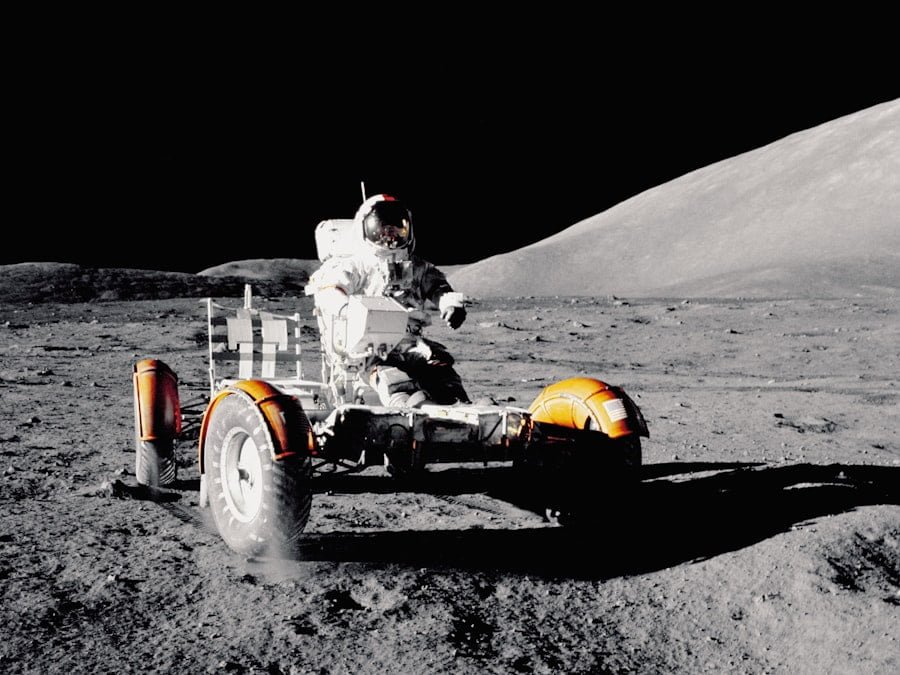
To prepare for effective communication in space, astronauts undergo extensive training in communication techniques and strategies. This training includes practicing verbal and nonverbal communication skills, learning how to use communication technology effectively, and simulating various communication scenarios that may arise during a mission. Astronauts also receive training in active listening, conflict resolution, and teamwork, as these skills are essential for effective communication in the confined and high-stress environment of a spacecraft. Additionally, astronauts receive language training to ensure that they can communicate effectively with international crew members and mission control teams. This comprehensive training prepares astronauts to communicate clearly and confidently in the unique challenges of space.
Future advancements in space communication technology
As technology continues to advance, so too does space communication technology. Future advancements in space communication technology may include improved voice recognition software that can accurately transcribe astronaut speech in real-time, reducing the need for manual transcription and improving communication efficiency. Additionally, advancements in virtual reality and augmented reality technology may provide new ways for astronauts to communicate visually with each other and with mission control. These technologies could enhance situational awareness and improve coordination during complex tasks. Furthermore, advancements in artificial intelligence may lead to more sophisticated language translation tools that can facilitate communication between astronauts from different linguistic backgrounds. Overall, future advancements in space communication technology have the potential to further improve the effectiveness and safety of space missions.
In conclusion, talking in space presents unique challenges that require astronauts to adapt their communication methods and techniques. The microgravity environment, distance from Earth, and limitations of technology all impact how astronauts communicate with each other and with mission control. Clear communication is essential for the success and safety of space missions, and astronauts undergo extensive training to prepare for effective communication in space. As technology continues to advance, future advancements in space communication technology have the potential to further improve the effectiveness and safety of space missions.
If you’re fascinated by the mysteries of space, you’ll love our related article on how long it would take to get to Mercury from Earth. Delve into the complexities of interplanetary travel and gain a deeper understanding of the distances involved in exploring our solar system. Whether you’re an avid stargazer or simply curious about the wonders of the universe, this article will provide valuable insights into the challenges and possibilities of space exploration.






